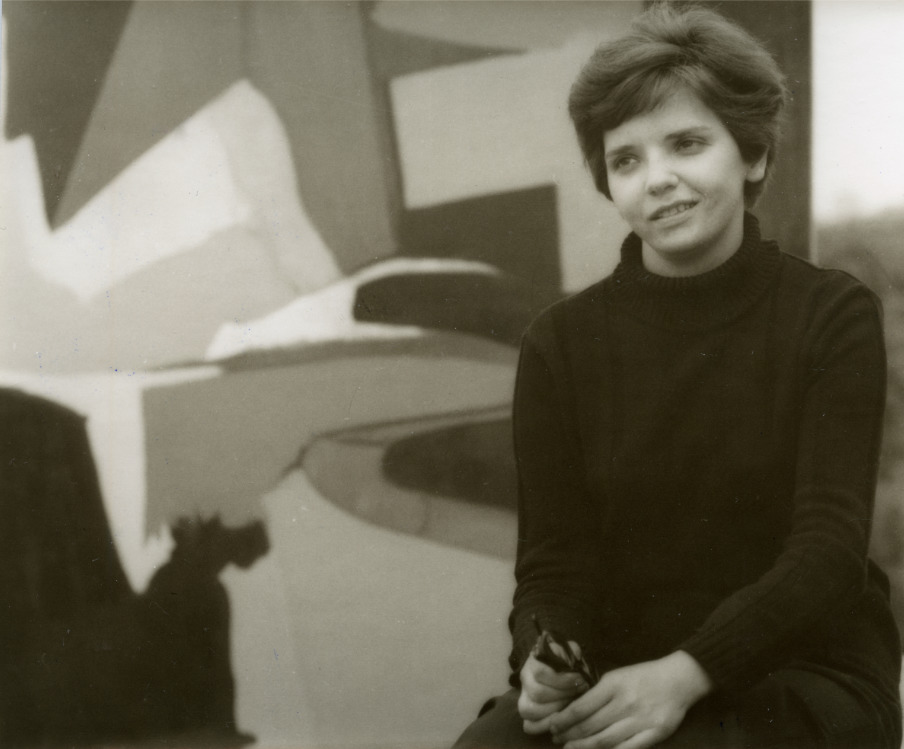“My language is one of pure abstraction devoid of any allusion to an external reality.” (F. Sanín, 2012)
Fanny Sanín (b. 1938, Bogotá, Colombia) is considered one of the leading artists of the Abstract movement and one of the most significant and individual artistic voices to come out of Latin America in the past 100 years. The cultural establishment in Bogotá in the mid-Twentieth Century was inherently conservative, favouring a Realism exemplified by the paintings of Fernando Botero and the writings of Gabriel García Marquez. Abstraction was a subversive force largely encouraged by European émigrés such as Guillermo Wiedermann. After early academic studies, Sanín embraced non-figuration while a student at the Universidad de Los Andes, beginning an exploration that continues to produce new discoveries more than 60 years later. Her intuitive understanding and respect for colour shows an extraordinary constancy and cohesiveness.
After graduation late in 1960, Sanín and a group of artists founded a commercial design studio in downtown Bogotá which also acted as a painting atelier and meeting space. In 1962 her painting Oil No1B, 1962 (1962) was exhibited at the fourteenth iteration of the Salón de artistas colombianos, marking her first professional exhibition appearance. In the same year she met her future husband, Mayer Sasson, an engineer. The travel requirements of his academic career gave Sanín exposure to international contemporary art.
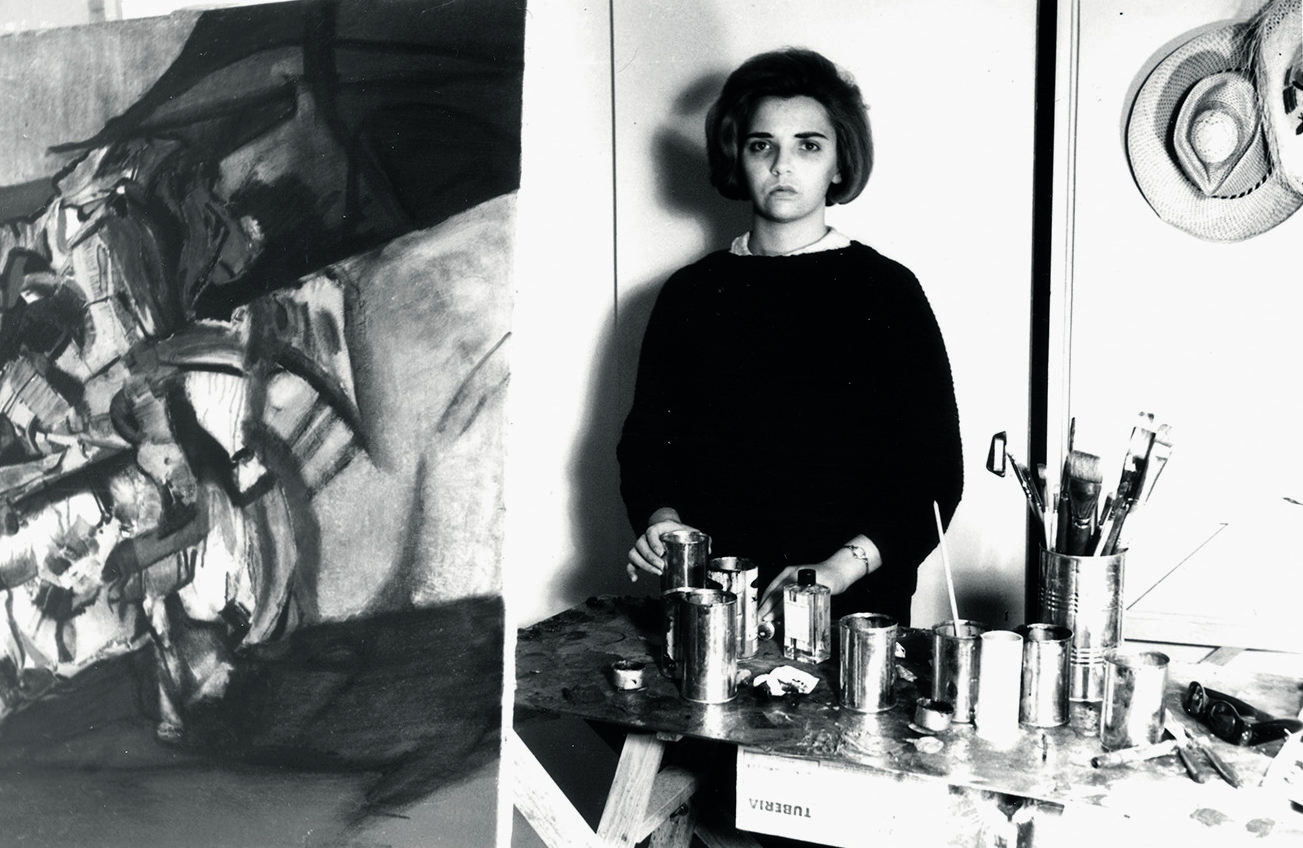

Later in 1962 they moved to the United States. While Sasson was admitted to a master’s program at the University of Illinois Urbana-Champaign, Sanín studied print making and art history, and together they discovered the distinguished art holdings in Chicago and New York, featuring works by both Old Masters and Contemporary artists such as Jackson Pollock and Hans Hofmann. In 1963 they transferred to Monterrey, Mexico, which proved particularly influential. There Sanín met artists of the Ruptura generation who had broken with the Muralist tradition and were exploring a lyrical abstraction in tune with gestural process evolving simultaneously in Paris and New York. Among others, Sanín formed a friendship with Lilia Carrillo and Manuel Felguérez, artists who had spent time in Paris in the 1950s and were close to the Tachistes and figures such as Maria Helena Vieira da Silva. Sanín had her first exhibition in Monterrey in 1964 and in Mexico City in 1965, the same year that influential critic Marta Traba arranged Sanín’s first solo exhibition at the Museo de Arte Moderno de Bogotá. Paintings such as Oil No. 8, 1966, one of her last works painted in Mexico, represent her deep engagement with this avantgarde, and was included by Traba in a number of subsequent exhibitions.
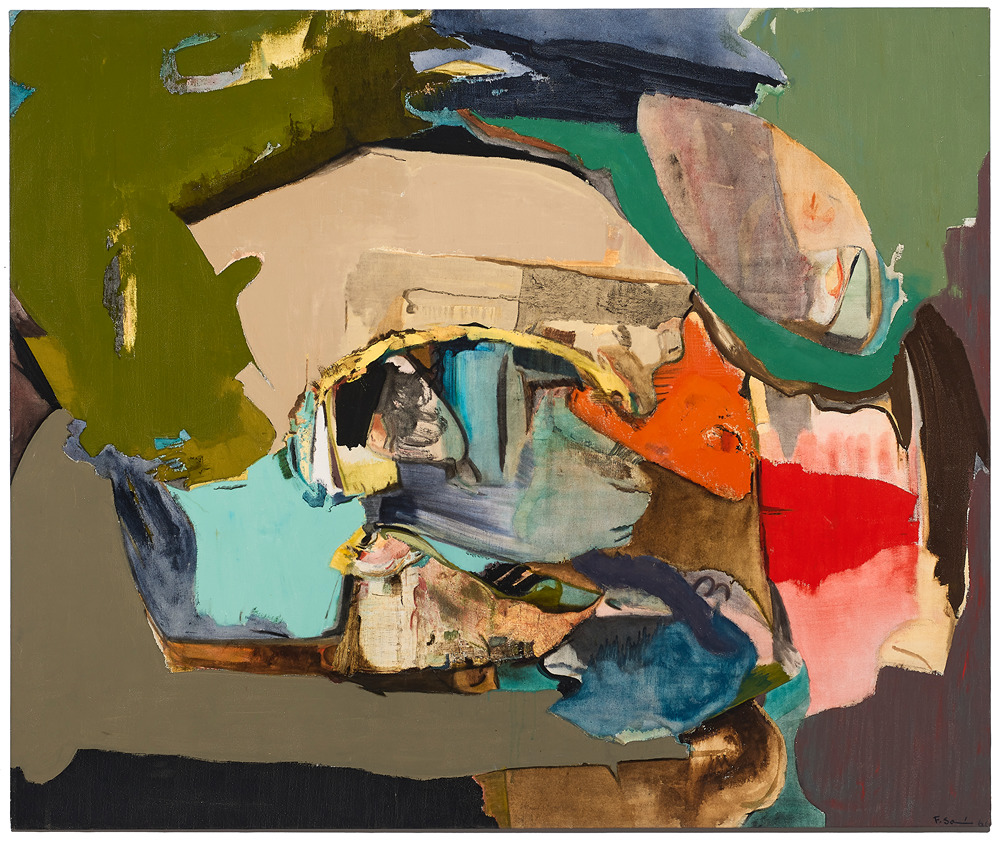

In 1966, Sasson was awarded a scholarship to pursue a doctorate at Imperial College, and the couple moved to London, then at the height of the 1960s excitement. Establishing a studio in their flat in Earls Court, Sanín enrolled at the Chelsea School of Art and the Central School of Art and Design to study printmaking. The years in London, with the opportunities to visit the rest of Europe, were pivotal in the emergence of her mature style. She was also able to immerse herself in the London art scene, with exhibitions of Jules Olitski and Larry Poons at Kasmin proving particularly influential. Her interactions with artists such as Ben Nicholson, Victor Pasmore, Robyn Denny and Alan Davie allowed her to become more rigorous in her abstraction, moving from a gestural to a more geometric mode. In the autumn of 1968 she visited the crucial MoMA exhibition of contemporary American painting The Art of the Real, which had transferred to the Grand Palais in Paris. The visit was to be of fundamental importance to the achievements of her subsequent career. Exposure to Hard-Edge, Minimalist and Color Field artists such as Kelly, Noland, Frankenthaler, Stella and Newman crystalised Sanín’s later rigorously geometric approach, which she continues to explore in her current work.
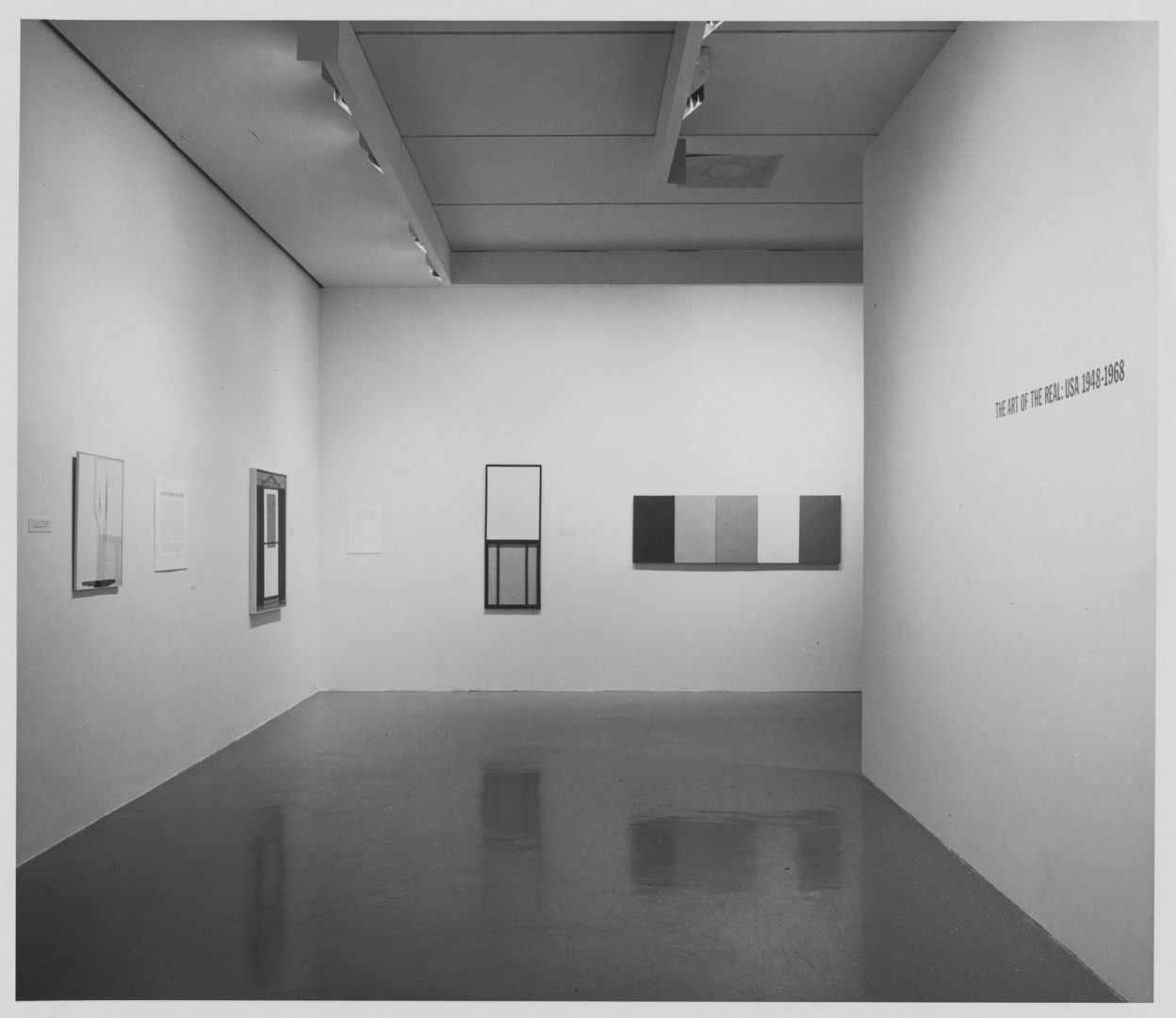

Sanín and her husband returned to Monterrey in 1969, and then relocated to New York City in 1971 where Sanín still maintains her studio and Sasson continues to be active in his engineering profession. While her style has evolved in dialogue with the art world, she has stayed remarkably true to her singular vision, a harmony of form and respect for colour. As Beverly Adams notes ‘To appreciate Sanín’s work requires time, a close and careful look at the totality of balance and calm, the careful intricacies and small tensions, the subtle movements and complex palettes.’ (“Go On to Infinity: Fanny Sanín and Pure Abstraction”, Fanny Sanín – The Concrete Language of Color and Structure, Seattle, 2019, p. 48)
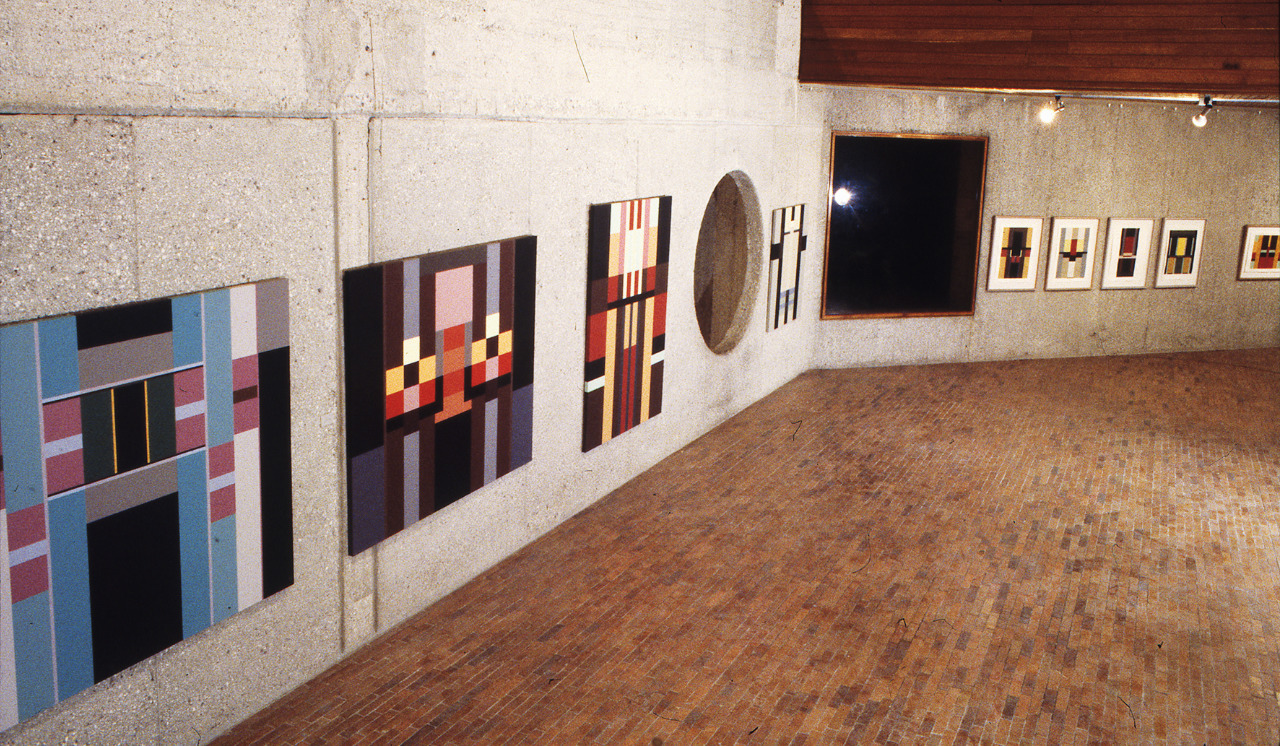

“I am seeking order in my work, harmony in the elements, and purity in the colors.” (F. Sanín, 2012)
Sanín tenaciously explores the possibilities presented by balancing colour and form, achieving equilibrium within self-imposed restrictions of symmetry and palette. Moving from bands of colour in the 1970s through grids of squares and then meshed blocks, as seen in Acrylic No. 10, 1979 (1979) with the introduction of diagonals only in the late 1980s and on to a more recent flirtation with curving forms, as in Acrylic No. 3, 1991 (1991). Coloration has been consistently individual, each tone painstaking created by the artist for its specific position. This discipline has built a towering body of work that continues to evolve. She has painted no more than eight paintings a year and sometimes only one, preparing for each large format work with a sequence of between four and eighteen works on paper, which she titles ‘studies’, in which forms seem to dance across the page until they coalesce into a final array. In addition, Sanín works in lithography and large works on paper which she names ‘Compositions’.


The current exhibition at Dickinson, Fanny Sanín: Progression, 1966 to Now features six large format paintings together with a fascinating group of thirteen works on paper selected from almost six decades of experimentation. The show closes with two studies in acrylic on paper from 2021 which prepare for a major work that Sanín will present at the Aichi Triennale in Japan in Summer 2022. These works show that, entering her seventh decade of experimentation, this quietly indefatigable master continues to refine her practice.
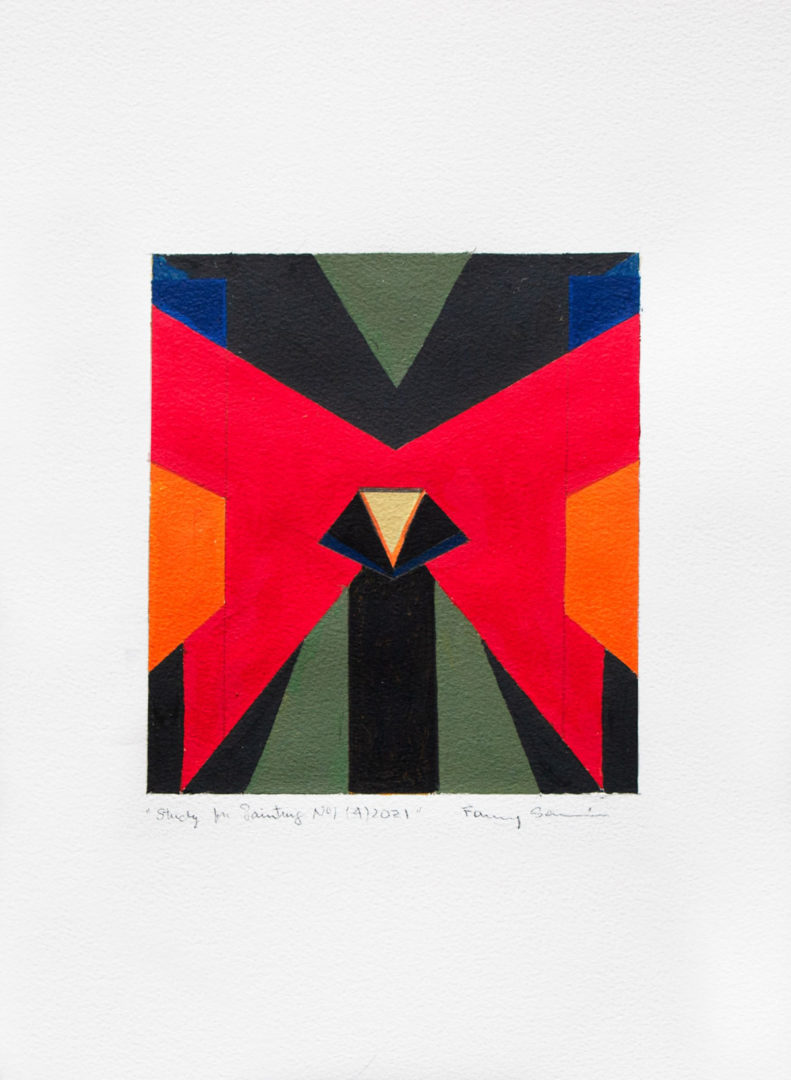

“Drawings are the first and most important part of my creation … I use them to plan and reach the image that I would finally love to paint on canvas.” (F. Sanín, 2012)


